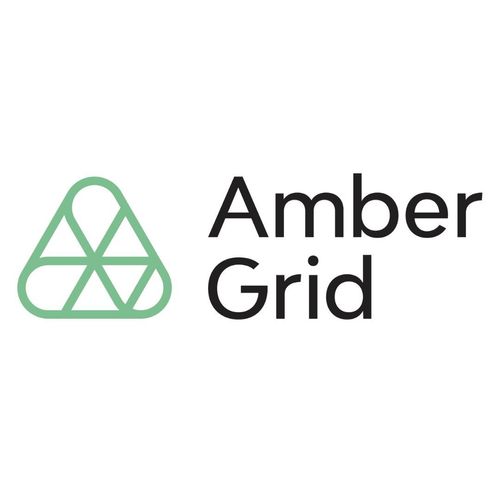Potential Capture Technologies Open New Discussions and Opportunities in Lithuania

April 16, 2024
BY Amber Grid
Advertisement
Advertisement
Related Stories
North Dakota’s Department of Agriculture is inviting grant proposals from ethanol producers under its Low Carbon Fuels Program, aiming to fund capital projects that cut carbon intensity.
Clean Refineries’ GFO Partners with Eden Carbon Solutions to Transform CO2 Emissions into Sustainable Aviation Fuel
Clean Refineries has partnered exclusively with Eden Carbon Solutions to deploy integrated technology that captures CO₂ emissions and converts them into sustainable aviation fuel across North America.
A University of Houston team led by Professor Mim Rahimi has developed a membraneless electrochemical amine regeneration process that achieves over 90% CO₂ removal at roughly $70 per ton, significantly reducing both costs and energy use.
ION Clean Energy has unveiled ICE Blocks™, their new line of self-contained, modular carbon capture units tailored for smaller post-combustion emission sources like natural gas facilities and other hard-to-abate flue gas emitters. The units, designed in partnership with Modular Plant Solutions, are quickly deployable, scalable, and transportable via road, rail, or sea.
Mitsubishi Electric Signs Collaboration Agreement with ITRI and TTL Jhunan Brewery in Taiwan for Demonstration Tests of the Capture and Utilization of CO2
Mitsubishi Electric signs collaboration agreement with Industrial Technology Research Institute, the Taiwan Tobacco & Liquor Corporation and Jhunan Brewery for demonstration tests to capture and utilize CO₂ from brewery flue gas in a beer production line.





